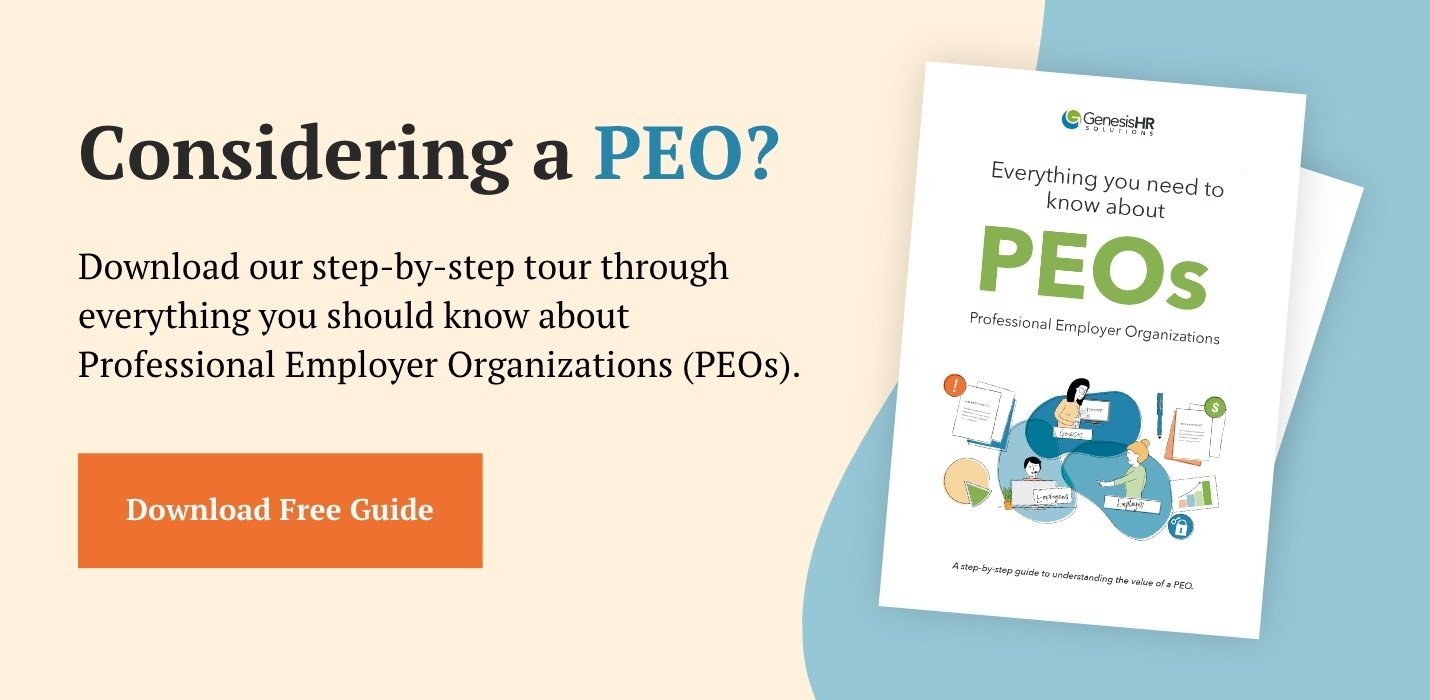 Companies often spend lots of time and money on the beginning of the employment relationship, and this investment makes sense. You want to recruit the best talent, and make sure they have the tools and training needed to become successful. In a perfect world, all of these new hires would work out great, and you would not need to worry about the other end of the spectrum—the end of the employment relationship.
Companies often spend lots of time and money on the beginning of the employment relationship, and this investment makes sense. You want to recruit the best talent, and make sure they have the tools and training needed to become successful. In a perfect world, all of these new hires would work out great, and you would not need to worry about the other end of the spectrum—the end of the employment relationship.
Unfortunately, not all employees will stay. People move. Recruiters go after top talent. Sometimes it’s just not a good fit for one reason or another. While the beginning of the employment relationship is certainly very important, the end of the relationship is critical. If it’s not handled well, it could hurt your company even more than a bad hire. Social media can be your friend or your enemy. An ex-employee could inflict a lot of pain if they aren’t treated well on the way out. Your business could also be hurt by the cost of unemployment claims, or worse, a dreaded lawsuit. Any of these could cost you valuable time and money, and they could even put you out of business in some cases. Here are a few tips to avoid these potential issues and make the end of the employment relationship better for everyone involved:
1. Be Polite
There is no reason to make things harder on your departing employee—or yourself. If they are leaving for another opportunity, wish them well, and thank them for their service. If they are being terminated, focus on the good things they did (not the negative). Why? Because if the departing employee is unhappy with how they were treated on the way out, they are far more likely to post negative reviews on social media or, worse, file a lawsuit.
2. Communicate
If you get to the point where an employee is being terminated, it should not be a surprise to them. Their performance should have been reviewed with them, and they should have been given an opportunity to improve. If this opportunity was not given, perhaps you should delay termination and give them another chance. Also, make sure you clearly communicate their available unemployment and COBRA benefits.
3. Document
This may seem obvious, but make sure you have everything leading up to the termination in writing. If appropriate, have the departing employee sign documentation about the reason for the termination, or provide a resignation letter. This documentation could prove critical if you need to fight an unemployment claim or a lawsuit.
4. Help
Nothing will improve the situation for your departing employee and your own business more than helping a departing employee land on his or her feet. Here’s how you can help:
- Put the employee in contact with recruiters
- Help the employee with his or her resume
- Assist the employee in finding some jobs to apply for
The quicker the employee gets back to work, the less the impact on your unemployment rate will be, and the better chance you will create goodwill. This goodwill could turn into positive reviews on social media, or better yet, the employee might be in a position to help your business in the future.
5. Leave The Door Open
People change, and business needs change. Your departing employee could be the right fit for a different role in your business down the road. A returning employee can bring valuable perspective and training for another organization and usually doesn’t need as much time to get ramped up. If employees don’t come back themselves, they might know someone who can fill a critical role for you business.
The end of the employment relationship typically isn’t as positive as the beginning, but there are simple steps you can take to make it easier for everyone involved.
What ideas do you have about the end of the employment relationship? We would love to hear from you!




